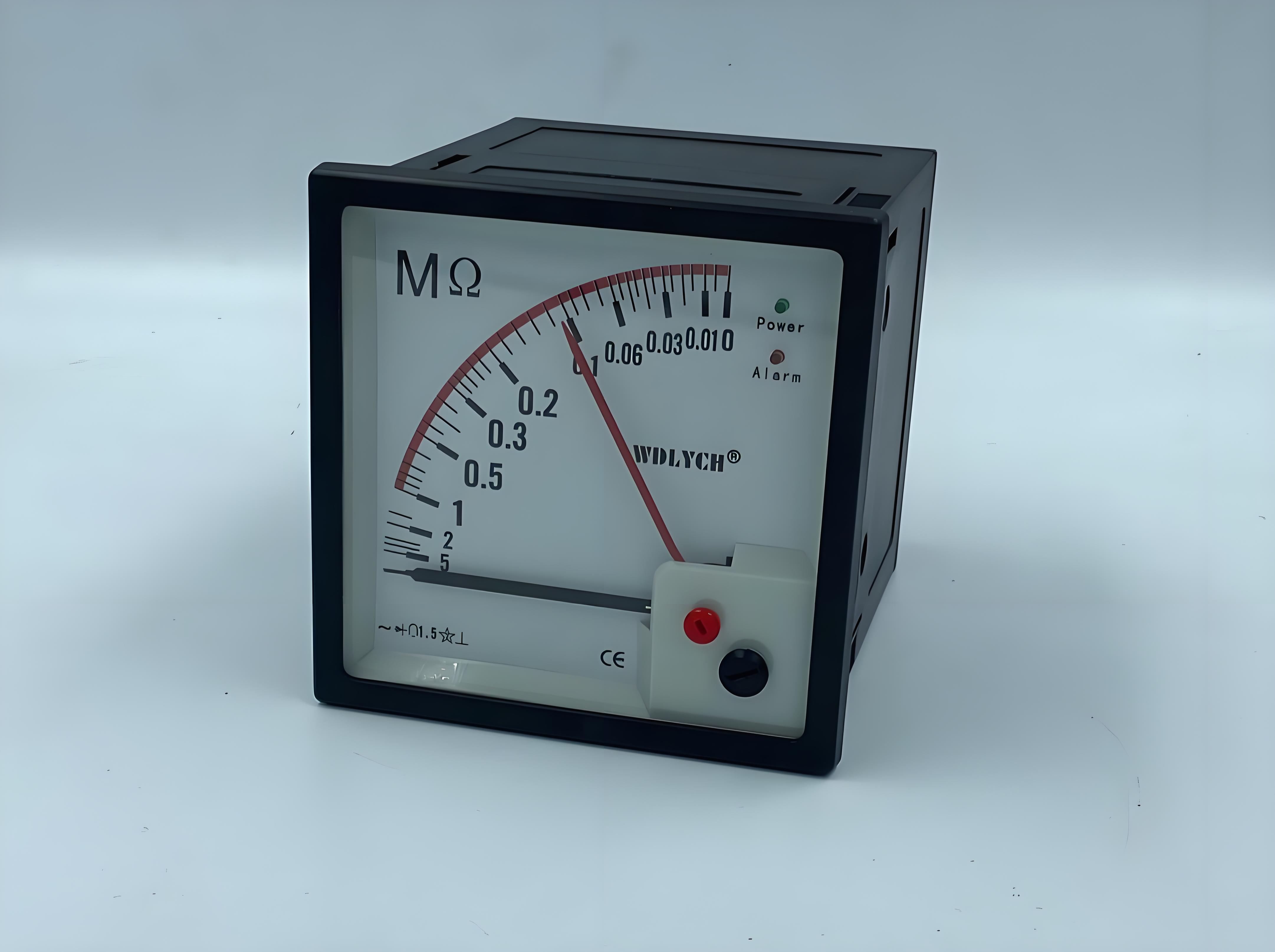What safety measures should be followed when using a megger to test the insulation resistance of electrical transformers?
When using a megohmmeter to test the insulation resistance of a power transformer, the following safety measures should be followed:

I. Preparation before testing
Understand equipment information
Before conducting the test, obtain detailed information about the specifications, parameters, and operating status of the power transformer to be tested. Familiarize yourself with information such as the rated voltage and capacity of the transformer so as to correctly select the test voltage level of the megohmmeter. For example, for a transformer with a rated voltage of 10 kV, a megohmmeter with a test voltage of 2500 V is usually selected for testing.
Consult the historical test records and maintenance files of the transformer to understand its previous insulation status and provide a reference for this test.
Check the megohmmeter
Ensure that the megohmmeter is in good working condition. Check whether the appearance of the megohmmeter is damaged, whether the pointer is flexible, and whether the wiring is firm. For example, check whether the case has cracks, whether the pointer can swing freely, and whether the test leads are damaged.
Before use, perform open-circuit and short-circuit tests on the megohmmeter to verify its performance. Separate the two test terminals of the megohmmeter, turn the handle, and observe whether the pointer points to infinity; then short-circuit the two test terminals and turn the handle. The pointer should point to zero.
Take safety precautions
Test personnel should wear personal protective equipment such as insulating gloves, insulating shoes, and safety helmets. These protective equipments can effectively prevent electric shock accidents. For example, insulating gloves should meet the requirements of the corresponding voltage level, and insulating shoes should have good insulation performance.
Set up warning signs at the test site to prevent unrelated personnel from entering the test area. Warning signs should be conspicuous and clear, such as "High voltage danger, keep away."
II. Safety measures during testing
Correct wiring
Connect the test leads correctly according to the instructions of the megohmmeter. Usually, connect the "L" terminal of the megohmmeter to the winding of the transformer and the "E" terminal to the grounding end of the transformer. For example, for a three-phase transformer, each phase winding can be tested separately to ensure firm and reliable wiring.
During the wiring process, maintain good contact between the test leads and the transformer winding and grounding end to avoid inaccurate test results or arcing due to poor contact.
Slow voltage rise
When turning the handle, slowly and evenly increase the output voltage of the megohmmeter to avoid sudden voltage rise causing impact on the transformer insulation. For example, you can first turn the handle at a slower speed, observe the change of the pointer of the megohmmeter, and then gradually increase the speed of turning the handle after the pointer is stable.
During the voltage rise process, closely observe the pointer change of the megohmmeter and the operating status of the transformer. If the pointer swings violently, the transformer makes abnormal sounds or smokes, etc., stop the test immediately and take corresponding safety measures.
Prevent electric shock
During the test, the test personnel should maintain a sufficient safe distance from the transformer to avoid contacting the live parts of the transformer. For example, for a high-voltage transformer, the test personnel should stand outside a safe distance of at least 1.5 meters.
It is strictly prohibited to touch the test terminals of the megohmmeter and the winding of the transformer during the test to prevent electric shock accidents. If it is necessary to replace the test leads or adjust the test position, first reduce the output voltage of the megohmmeter to zero and then operate.
III. Safety measures after testing
Safe discharge
After the test is completed, first reduce the output voltage of the megohmmeter to zero, and then perform safe discharge on the transformer. During discharge, a special discharge rod or grounding wire can be used to short-circuit the winding of the transformer and the grounding end to slowly release the residual charge in the winding. For example, connect one end of the discharge rod to the winding of the transformer and the other end to the ground, and then gradually approach the grounding end to release the charge slowly.
The discharge process should last for a period of time to ensure that the charge in the transformer winding is completely released. Generally, the discharge time is not less than 2 minutes.
Organize equipment
Remove the test leads, organize the megohmmeter and test equipment, and store them in a dry and ventilated place. Check whether the test leads are damaged. If damaged, replace them in time.
Record and analyze the test results, compare the test data with historical data, and judge whether the insulation status of the transformer is good. If it is found that the insulation resistance value is significantly reduced or there are other abnormal conditions, report it in time and take corresponding maintenance measures.
The Electricity Encyclopedia is dedicated to accelerating the dissemination and application of electricity knowledge and adding impetus to the development and innovation of the electricity industry.













